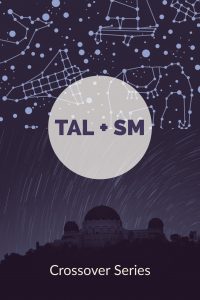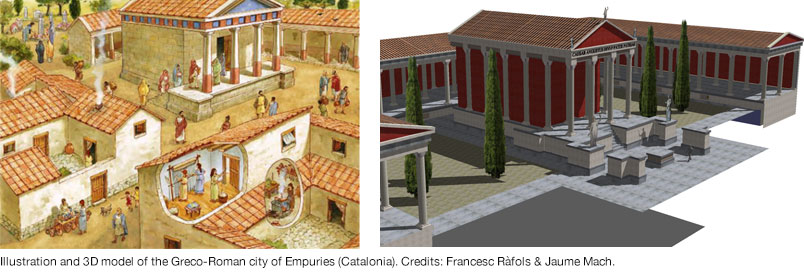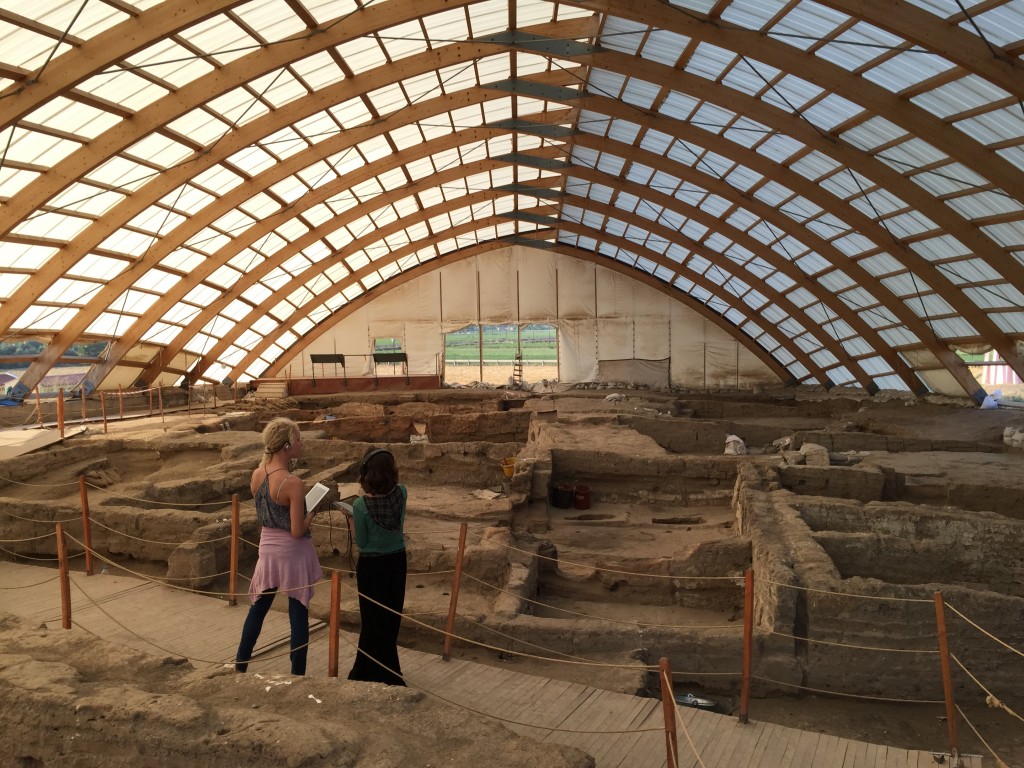What makes something culturally relevant in a local context?
Recently, I have been thinking a lot about the relationship between form, aesthetics, and belonging. In my own archaeological practice (Rizvi 2015), I have enmeshed the notion of resonance with new materialism, empathy as linked to aesthetics, and belonging. As I have argued, resonance emerges as an intangible affect that the material thing has beyond its formal boundaries within larger planes of perception creating dynamic relationships among humans/nonhumans and illustrating cultural decisions of material as vibrant matter (c.f. Bennett 2010). In so far as the material has vibrancy and frequency, it has then the capacity to evoke an emotional and affective response to a similarity of material, style and/or form. Such response can be coded as a sensory aesthetic empathy that links to constituting subjective belonging. This argument had been posited with the ancient world in mind, but I have recently been applying archaeological theory to the contemporary, particularly within art and design.
As my anthropological concerns have found themselves situated within the United Arab Emirates (UAE), I have found myself working through contemporary things and assemblages in order to understand the past within this political geography. More often than not, working through such questions falls within the ways we understand critical heritage discourse – an intersection of perceived distance or lack there of, between the time of now and that of the past. As such, and not surprisingly, I have found contemporary art and design in the UAE deeply engaged with and within the constructions/discourses of heritage. Right now, my social media feed is full of reporting on Dubai Design Week. As a part of the thematic, there is a strong focus on using local materials that have local resonance, local meaning, local heritage, and local technique. Even the design of the space is being lauded as keeping a local environmental sensibility in mind. There is a sense that what we are experiencing is some negotiation and an authorizing of what constitutes Emirati vernacular design as Rahel Aima might argue (see her piece in Frame – summer issue), or as Laura Egerton reports in Vision, Dubai Design Week becomes a space within which forgotten crafts have the potential to change the future. It is easy to see the relationship between contemporary design, uses of heritage to be future-oriented (and arguably, on fleek in that hipster way), and the ways in which a local aesthetic has been co-opted for contemporary design so it can speak to a local market and sensibility. The form taken by the local aesthetic significantly lends itself to an empathetic sense of belonging, which is integral to these conversations. Interestingly, however, the contest of heritage in the contemporary is less about what is authorized, but rather, what form can account for commitments of time, place, and access to these conversations.
Continue reading →
 This Anthro Life – Savage Minds Crossover Series, part 2
This Anthro Life – Savage Minds Crossover Series, part 2

